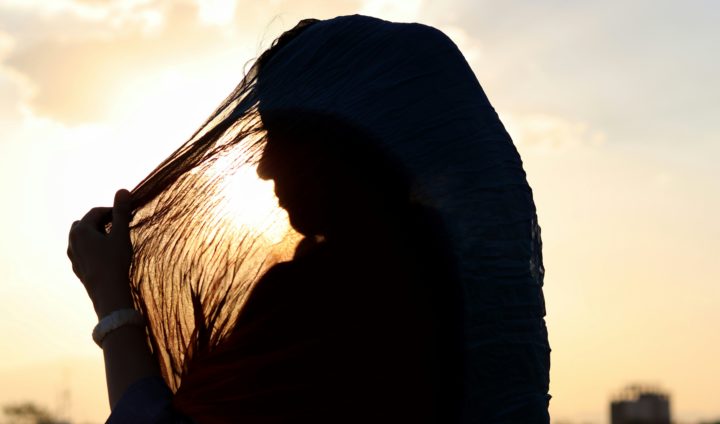Tajikistan recently enacted a law prohibiting the wearing of the hijab, marking one of 35 new regulations concerning religious practices aimed at safeguarding national cultural values and curbing superstition and extremism. The legislation, passed by the upper house of parliament last Thursday, extends to attire deemed “foreign,” including the hijab traditionally worn by Muslim women. Instead, Tajik citizens are encouraged to embrace national dress.
Penalties for violating the law range from fines of 7,920 Tajikistani somoni (approximately £590) for ordinary citizens to significantly higher fines for government officials and religious figures. This move follows earlier legislative measures affecting various religious customs, such as the longstanding tradition known locally as “iydgardak,” where children collect pocket money during Eid holidays.
Despite Tajikistan’s population being predominantly Muslim, with 96% identifying as such according to the 2020 census, these legislative actions reflect the government’s longstanding approach since 1997. President Emomali Rahmon’s administration has been focused on combating what it perceives as extremism, a stance rooted in efforts following the civil war’s conclusion in 1997. Rahmon initially accommodated the opposition Tajikistan Islamic Resurrection Party (TIRP) under a UN-brokered agreement but later marginalised and eventually disbanded the party, citing security concerns.
The recent legislative changes, purportedly motivated by security concerns exacerbated by incidents such as the Crocus City Hall attack in Moscow involving Tajikistan nationals, underscore the government’s direction for a secular and law-based society, as outlined in the 2016 Constitution. Despite international criticism, including designation as a “country of special concern” by the USCIRF in 2023, President Rahmon emphasises the importance of preserving Tajik culture and advocating for a secular state, as he describes it.







